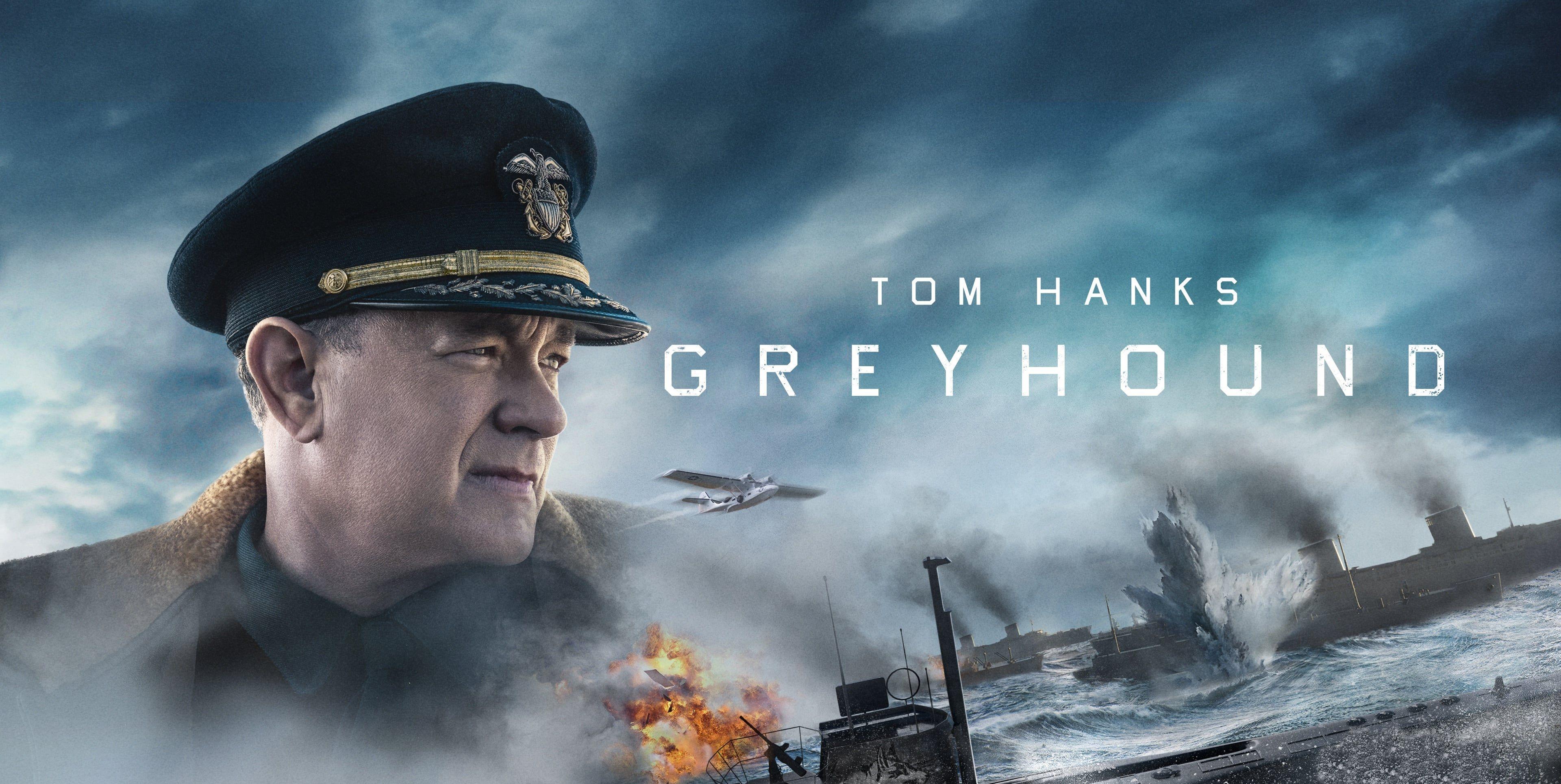
Personally, I think that "Greyhound", which has not been able to meet Chinese audiences due to the epidemic, is a rare high-quality naval combat film in recent years.
The superb acting skills of the old male god Hanks are not to mention, just the creation of the tense atmosphere and the scheduling of the scene are thrown away from the same kind of film for more than a dozen nautical miles.
The film is 90 minutes long, except for 5 minutes at the beginning and 5 minutes at the end, leaving no urine spots in the whole process. The ghostly submarine is like a shadow, and the gray and gloomy colors and the vast sea make people nervous when watching the film.
Especially when the submarine is floating, the harsh soundtrack and the shock of the picture are no less than watching horror movies.
The only thing that can be picked at is the authenticity of the plot. People of the earth with a bit of common sense know that the Royal Navy is a master of anti-submarine warfare. After all, playing the moon and the moon every day, practice can make skill.
The film makes a U.S. Navy captain in his first life to participate in the escort anti-submarine operation to suddenly kill 4 German submarines, which is really a bit of a German captain.
I believe that even people who do not understand the military have heard the name of the German U-boat, which has almost become a Nazi symbol with the tiger tank, the Gestapo and so on.
Fame does not come in vain, even if it is evil fame. Now let's flip through the history of real U-boats.
Speaking of U-boats, it is also a great killer of grandfathers, and the first U-boat was born in 1906.
Yes, you read that right. At that time, we were still in the Qing Dynasty, and Cixi's damn old lady was not dead.
As a traditional land power country, Germany's naval strength is directly incomparable with that of the United Kingdom, the United States and other sea power countries, so it has taken the side of the sword and vigorously developed submarines to play underwater hide-and-seek.
During World War I, Germany built more than 300 U-boats, sinking a total of 5,906 merchant ships, with a total tonnage of more than 13.2 million tons.
It sank 192 ships of various types, becoming a veritable "undersea killer" and making the Allies suffer.
In World War II, the commander of the submarine force, Dönitz, invented the "wolf pack" tactic, which greatly enhanced the attack effect, and basically did not run when encountered.
By 1941, the total number of U-boats sinking Allied ships had reached 1,150, rising to 1,600 in 1942. Dönitz was also promoted to Commander-in-Chief of the German Navy for his military exploits, and was awarded the rank of Marshal.
There is a spear and a shield, and after several years of fighting, the Allies are also drilling through the tip of their heads to study anti-submarine technology. Including sonar, anti-submarine bombs, radar, etc. have been constantly making breakthroughs, and the threat of U-boats has been constantly countered.
In particular, the popularity of radar on warships and anti-submarine aircraft has made submarines truly become iron kings who hide in the sea and are passively beaten.
The good news is that the British Royal Navy accidentally won another grand prize that year, and in a battle with the U-boat, it captured a complete set of The German Navy's Enigma cipher machine and codebook, (U571 was based on this, but the protagonist was replaced by the US army) Since then, the German Navy's actions have no secrets.
In 1943, 41 German submarines were sunk. Even Dönitz's 21-year-old young son was killed in an anti-submarine warfare.
Soon after, Dönitz ordered the submarine to withdraw from the Atlantic. Since then, the wolves can no longer set off the same big storms as before.
After winning the "Battle of Britain", Britain finally saved the lifeblood of sea traffic and won the victory of "breaking the engagement".
Finally, throughout World War II, the German Navy built a total of 1188 submarines. The loss of 781 ships and more than 28,000 naval submarine officers and men, the sinking of more than 3,500 Allied merchant ships, 395 warships, leaving an indelible mark in the history of world naval warfare.